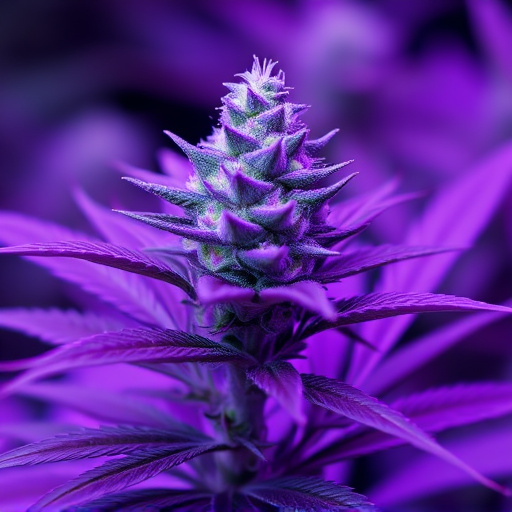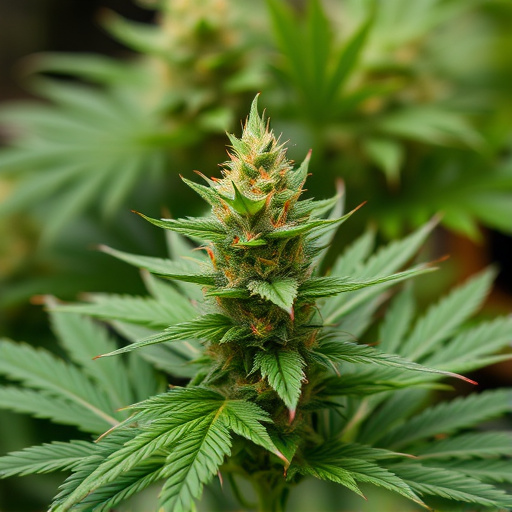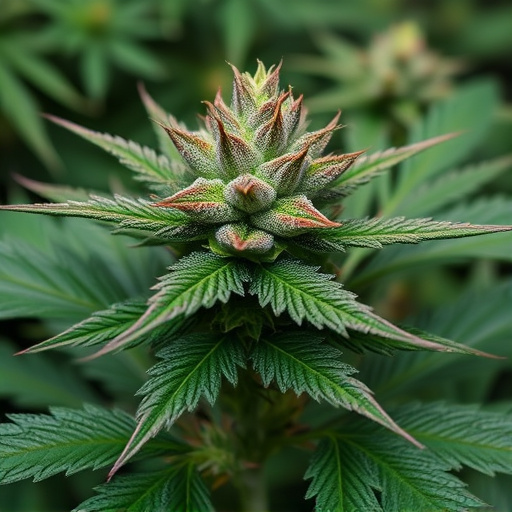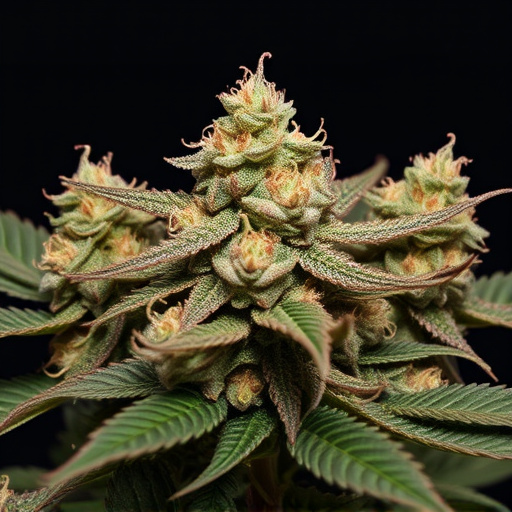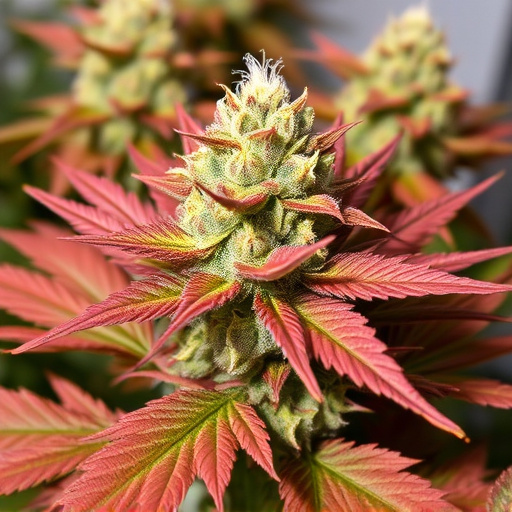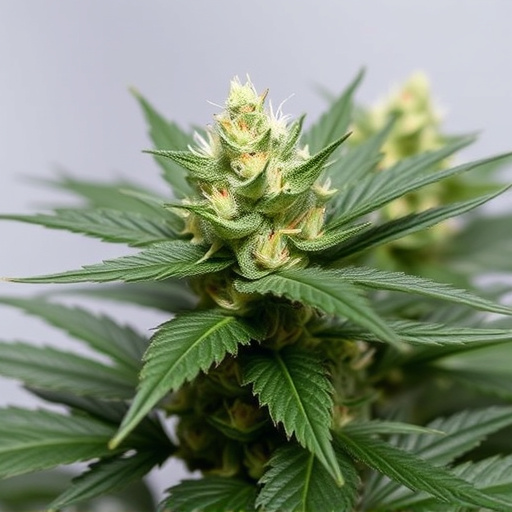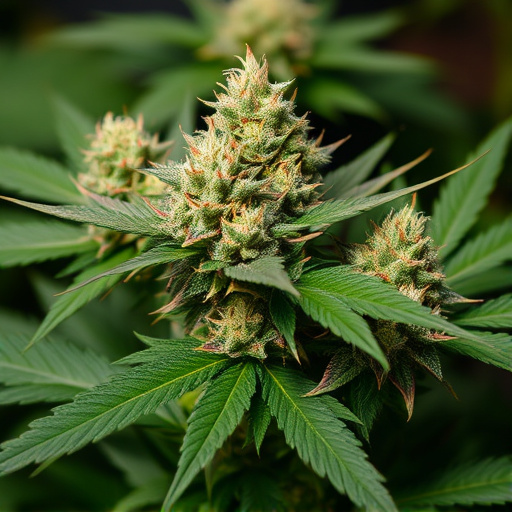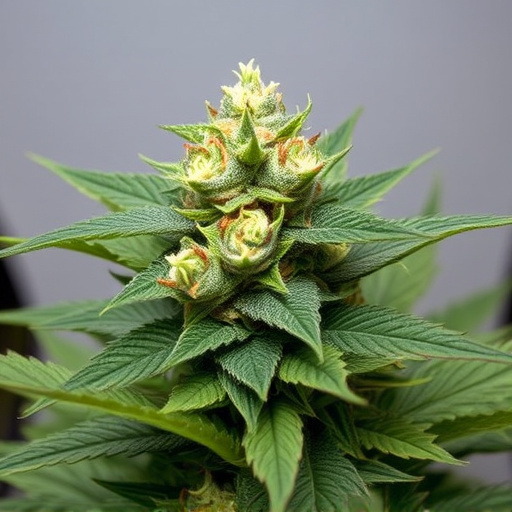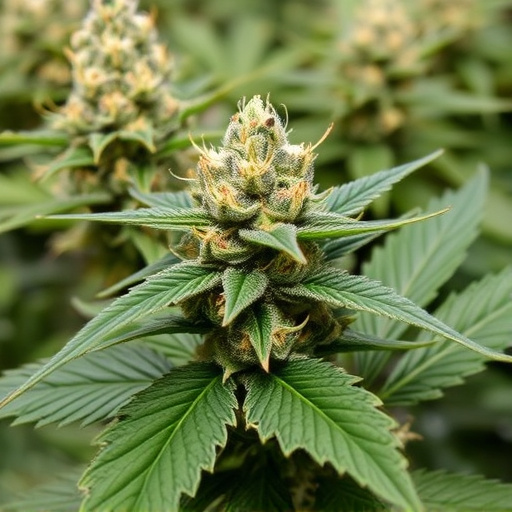Terpenes, aromatic compounds in cannabis, are key to the unique experiences offered by popular hybrid weed strains. Each terpene, like myrcene and limonene, contributes specific scent, flavor, and potential therapeutic benefits. Their interaction with cannabinoids creates diverse effects, allowing cultivators to craft tailored blooms based on user preferences. Understanding terpene profiles empowers consumers to make informed choices, enhancing their cannabis experience.
Terpenes, the aromatic compounds responsible for the distinctive scents and flavors of cannabis flower, play a pivotal role in determining its quality and effects. Beyond their contribution to the user experience, terpenes interact synergistically with cannabinoids, enhancing or altering the therapeutic benefits of hybrid weed strains. Understanding these chemical interactions is key to navigating the diverse market, ensuring consumers make informed choices for personalized relief and enjoyment.
- The Role of Terpenes in Cannabis Flower Quality and Effect
- Understanding Hybrid Weed Strains and Their Terpene Profiles
- How Terpenes Impact the User Experience and Therapeutic Benefits
The Role of Terpenes in Cannabis Flower Quality and Effect
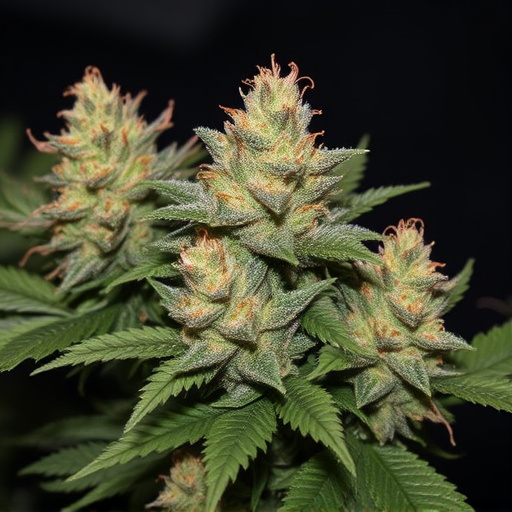
Terpenes play a pivotal role in shaping the quality and effects of cannabis flower, making them an essential consideration for cultivators and consumers alike, especially when exploring hybrid weed strains. These aromatic compounds, produced by both cannabis plants and other botanicals, add complexity to the overall profile of the flower. Each terpene contributes unique characteristics, influencing the scent, flavor, and potential therapeutic benefits of the final product. For instance, myrcene is known for its earthy, musky notes, often associated with relaxing and sedative effects, while limonene provides a citrusy aroma and may evoke feelings of happiness and energy.
The interplay between terpenes and cannabinoids like THC and CBD is a fascinating aspect of cannabis science. Certain terpenes can enhance or modulate the effects of these compounds, creating diverse experiences for consumers. This is why hybrid weed strains, carefully engineered through crossbreeding to combine specific terpene profiles, have gained immense popularity. By understanding the role of terpenes, cultivators can create flowers with tailored characteristics, catering to a wide range of consumer preferences and desired outcomes, whether it’s a relaxing evening or an energizing afternoon pick-me-up.
Understanding Hybrid Weed Strains and Their Terpene Profiles
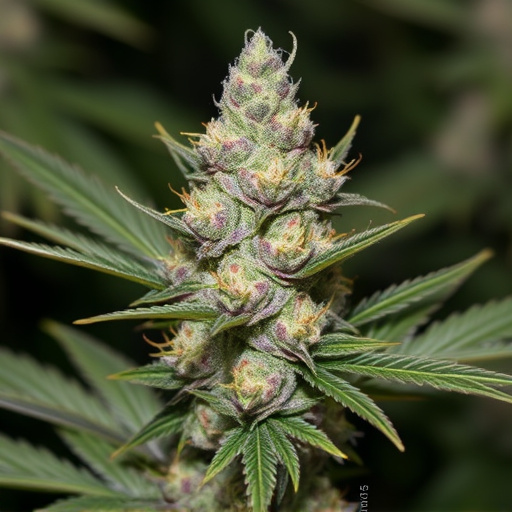
Hybrid weed strains have become increasingly popular among cannabis enthusiasts, offering a wide range of effects and experiences. These hybrids are created by crossing two distinct cannabis varieties, each bringing its unique traits and terpene profiles to the mix. Terpenes, aromatic compounds responsible for the distinct flavors and aromas in cannabis, play a crucial role in shaping these hybrid strains’ characteristics.
Understanding the terpene profiles of hybrid weed strains is essential as these chemical components contribute significantly to the plant’s overall effect. Different terpenes can evoke various emotional responses and have potential therapeutic benefits. For instance, myrcene, known for its earthy and fruity notes, is often associated with relaxing effects, while limonene provides a citrusy aroma and may enhance mood and cognitive function. By recognizing the terpene composition of hybrid strains, consumers can make informed choices tailored to their desired effects and preferences.
How Terpenes Impact the User Experience and Therapeutic Benefits
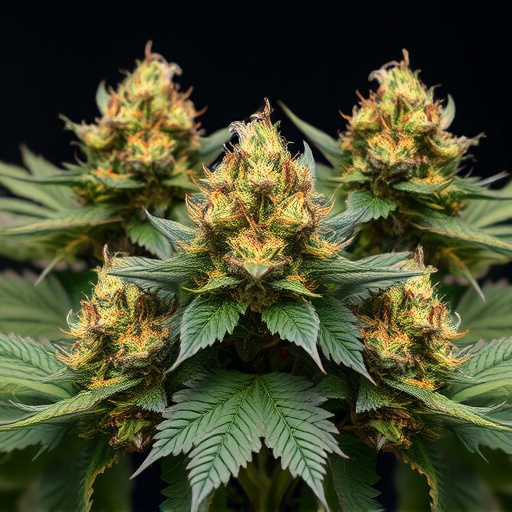
Terpenes, often referred to as nature’s aroma compounds, play a pivotal role in shaping the user experience and therapeutic benefits associated with cannabis flower. These volatile organic compounds are produced by various plants, including cannabis, and contribute significantly to the unique scent and flavor profiles we associate with different hybrid weed strains. Beyond their sensory appeal, terpenes have been linked to potential medicinal properties, interacting synergistically with cannabinoids like THC and CBD.
The impact of terpenes on the user experience is multifaceted. For instance, myrcene, a common terpene in cannabis, is known for its sedative and relaxing effects, making it appealing for evening use or for individuals seeking relief from anxiety and insomnia. Limonene, with its citrusy aroma, can enhance cognitive function and elevate moods, while linalool, often found in lavender, promotes relaxation and may aid in managing stress and pain. The complex interplay between terpenes and cannabinoids creates a diverse range of therapeutic opportunities, catering to various conditions and preferences among cannabis users.
Terpenes play a pivotal role in defining the unique characteristics of cannabis flower, from its aroma and flavour to its therapeutic effects. Understanding the terpene profiles of different hybrid weed strains is essential for cultivators, consumers, and medical professionals alike. By appreciating how terpenes influence the user experience, we can better appreciate the complex interplay between these organic compounds and the plant’s overall efficacy. This knowledge empowers both casual users and healthcare providers to make informed decisions, ensuring optimal cannabis experiences tailored to individual needs and preferences.



